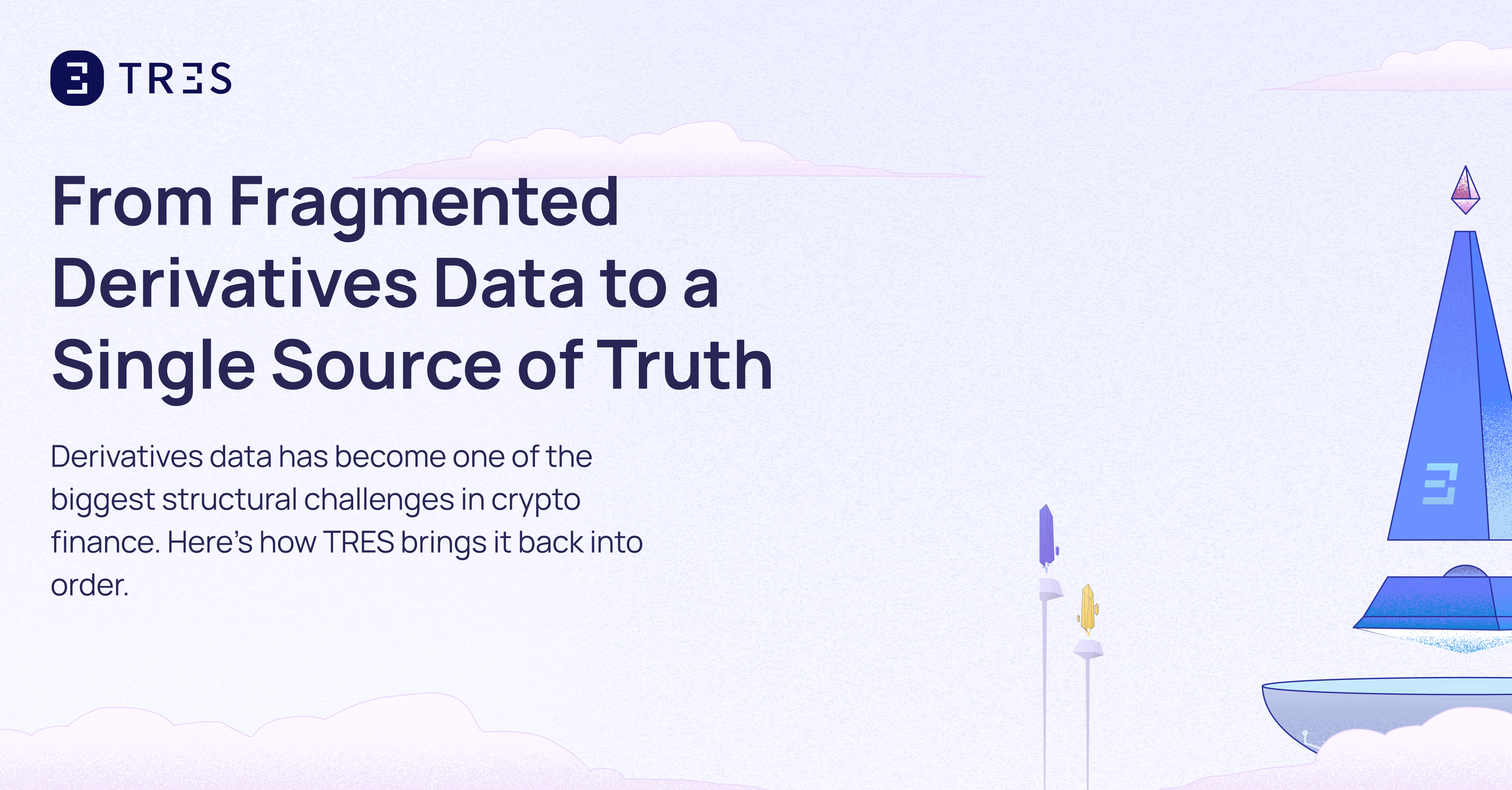In the past 12 months, cross-chain bridges have become a topic of widespread attention, dozens of bridges have been deployed into production after years of development, including Starkgate, Polygon Prisma, Multichain Swap, and Solana wormhole.
When you bridge between blockchains, do you really know how to account for it?
The total value locked in cross-chain bridges has seen significant growth over the past 2 years. In January 2021 the TVL was less than $3.5 billion and today its suppressing the $12 billion benchmark. By the way, at its peak in mid-2022, the total value locked in cross-chain bridges was over $26 billion.
The increase in the use of cross-chain bridges as a tool for managing transactions between different blockchains, networks, or layers has presented new challenges for finance teams.
At Tres Finance we have been working with 20+ finance teams at different Web3 and crypto companies reviewing how they engage with bridge activity. These were the challenges they highlighted:
- Gathering transactions and balances from all sources
- Differentiating between assets in different states
- Identifying deposits and withdrawals from bridge transactions
- Adhering to accounting practices such as cost basis

A real-life NFT marketplace use case
An NFT marketplace that operates on both Optimism and Polygon networks has sold two NFTs for 1 ETH each. The first trade on Optimism generated fees, with ETH priced at $3,800 at the start of the year and $2,800 three months later. However, as ETH is not a native currency on the Polygon network, the fees were received in WETH.
On Sep 1st, 2022, the NFT marketplace transferred 1 ETH with Plasma Bridge to the Ethereum network and from there made a payment to an external vendor’s Coinbase account.

As seen on the left side (case #1), a demonstration of the NFT Marketplace’s FIFO stack will highlight the consequences of failing to manage a unified ETH stack across networks.The demonstration on the right side (case #2) will show how TRES processes the FIFO stack, emphasizing the benefits of managing it across networks.
Case #1: ETH and WETH are not the same assets, Bridges deposits, and withdrawals are not recognized.
Jan 1, 2022

Apr 1, 2022
ETH and WETH are not managed in the same stack

Sep 1st, 2022
Realized loss of $1,200

Dec 31, 2023
Realized loss of 400$

Total realized loss of $1,600
Case #2: ETH and WETH are the same asset, Bridges deposits and withdrawals are recognized.
Jan 1, 2022

Apr 1, 2022
ETH and WETH are managed in the same stack

Sep 1st, 2022
Stack is not changed

Dec 31, 2023
Realized loss of 2,600$

Total realized loss of $2,600
A difference in the method used can have a major impact on the realized gain/loss and impact your yearly performance and tax calculation.
Tres Finance is the only platform that can help you manage these activities properly.
Overcoming the challenges mentioned at the start is crucial for managing a unified cost-basis stack. Tres Finance simplifies this process using automation and offering a crypto monitoring platform that includes the following features:
- A comprehensive Ledger Across Networks – With the provision of a wallet address, we will perform an examination of all networks in which the specified address has executed transactions in. The manual identification of active networks by the customer is unnecessary.
- Token Identification and Clustering – Our system is equipped with the capability to recognize and cluster the same token existing on various blockchain networks, thus establishing its equivalence.
- Bridge Recognition – Our transaction categorization engine has the ability to identify and distinguish transactions that are deposits and withdrawals between inter-chain communication systems such as Prisma, Wormhole, and Synapse.
- Unified Cost Basis Framework – In contrast to conventional approaches that rely on straightforward calculations, our cost basis calculation creates a unified framework for all wallet transactions by integrating our cross-network ledger, token identification and clustering, and bridge recognition capabilities. Our unique framework will significantly reduce the time and effort required, thereby minimizing the potential for human error.
Interested in TRES?






